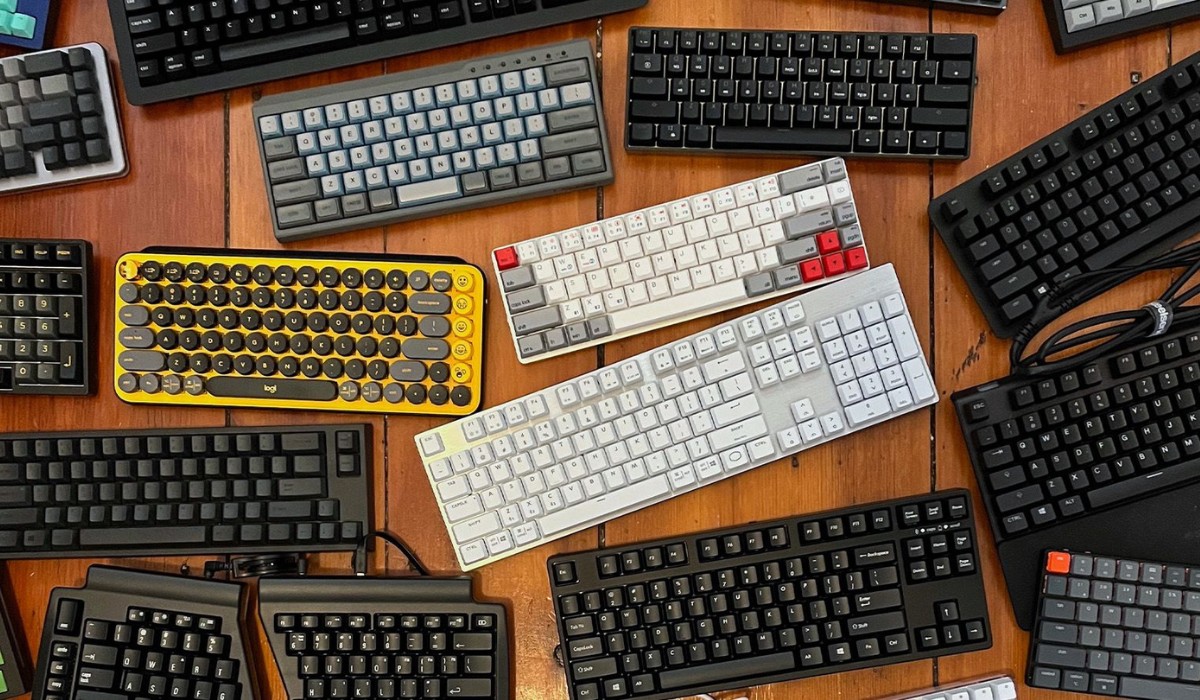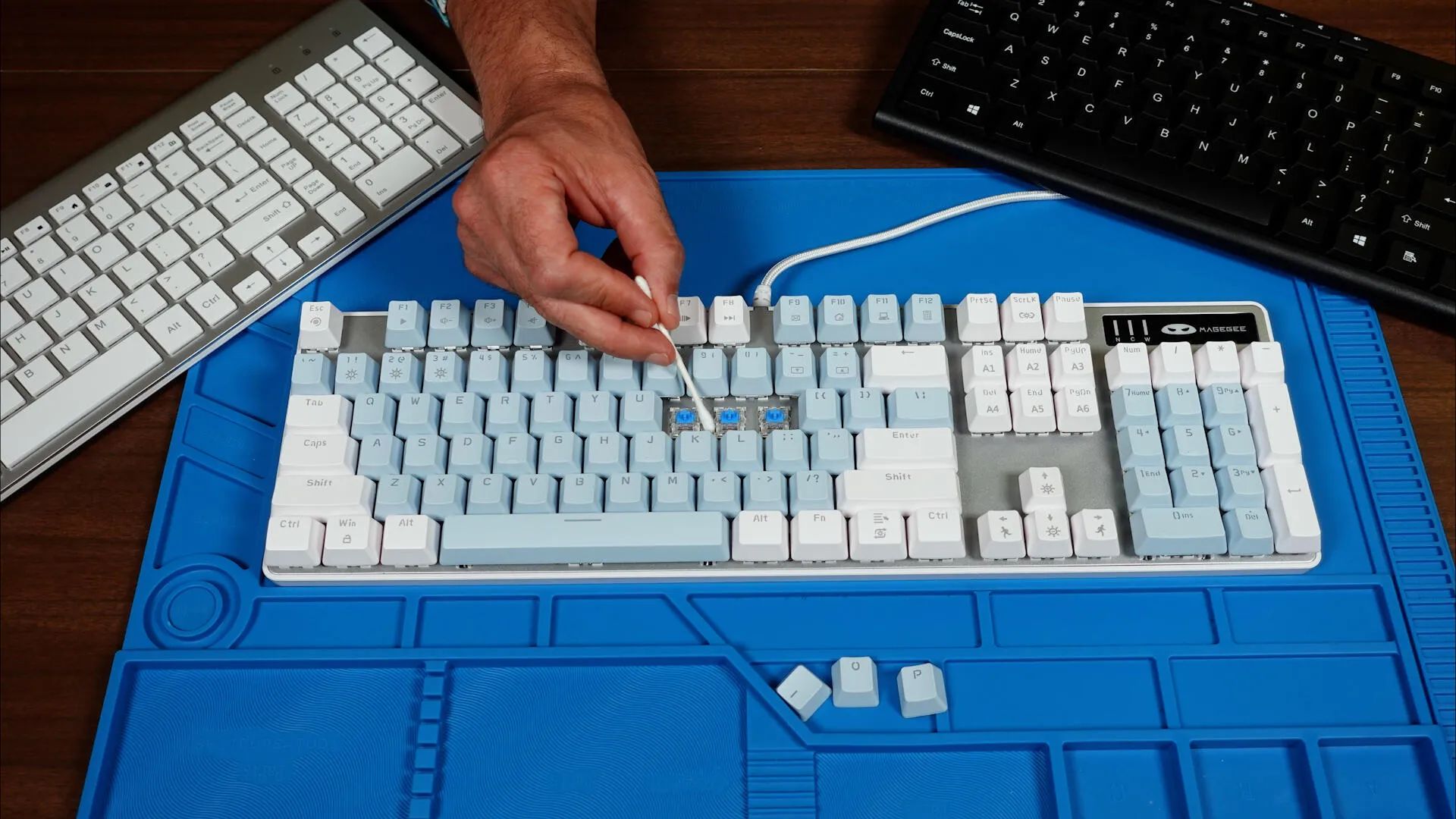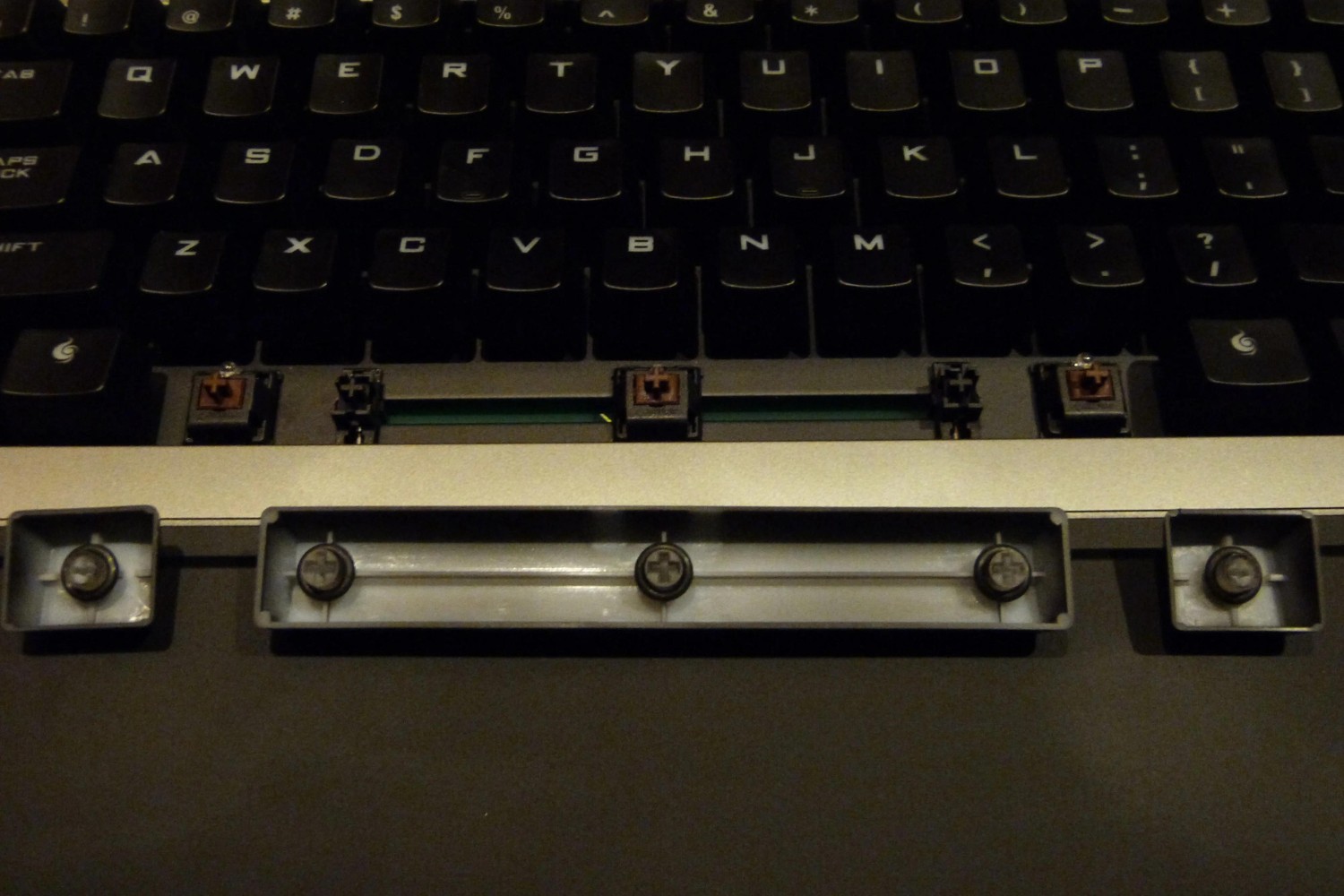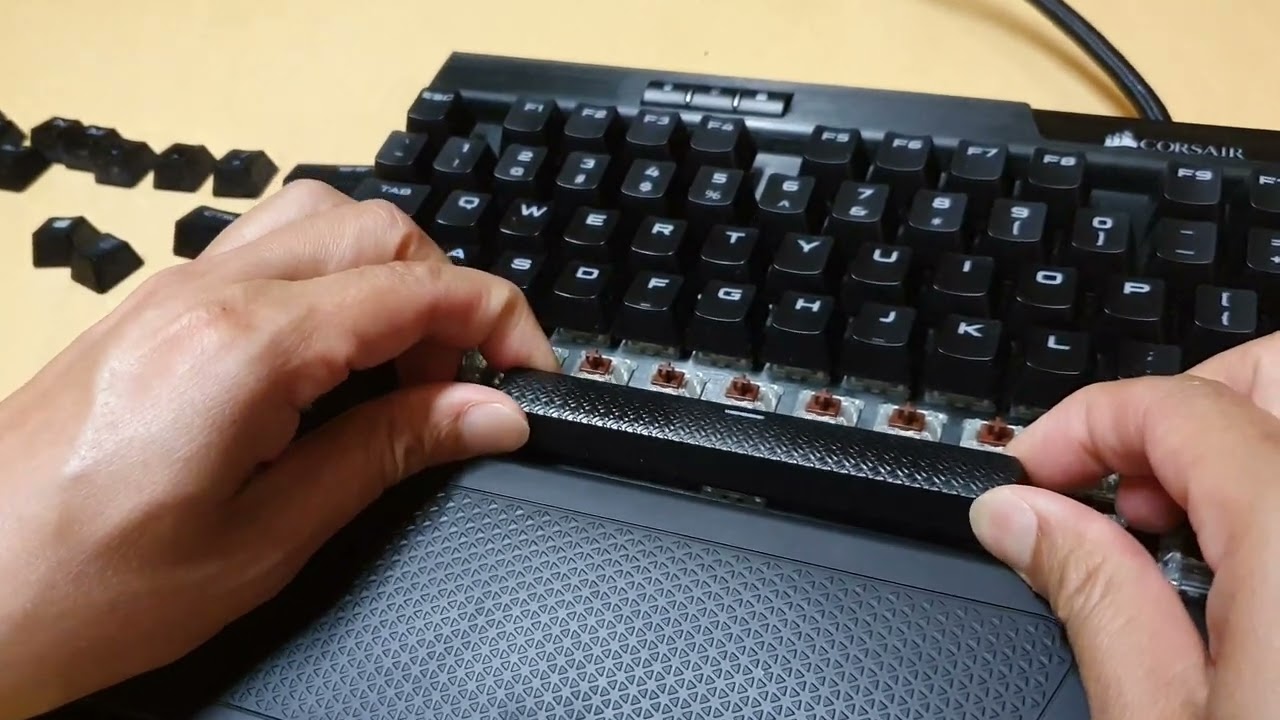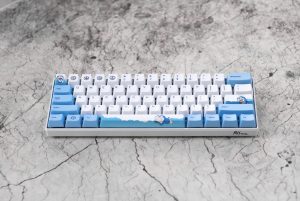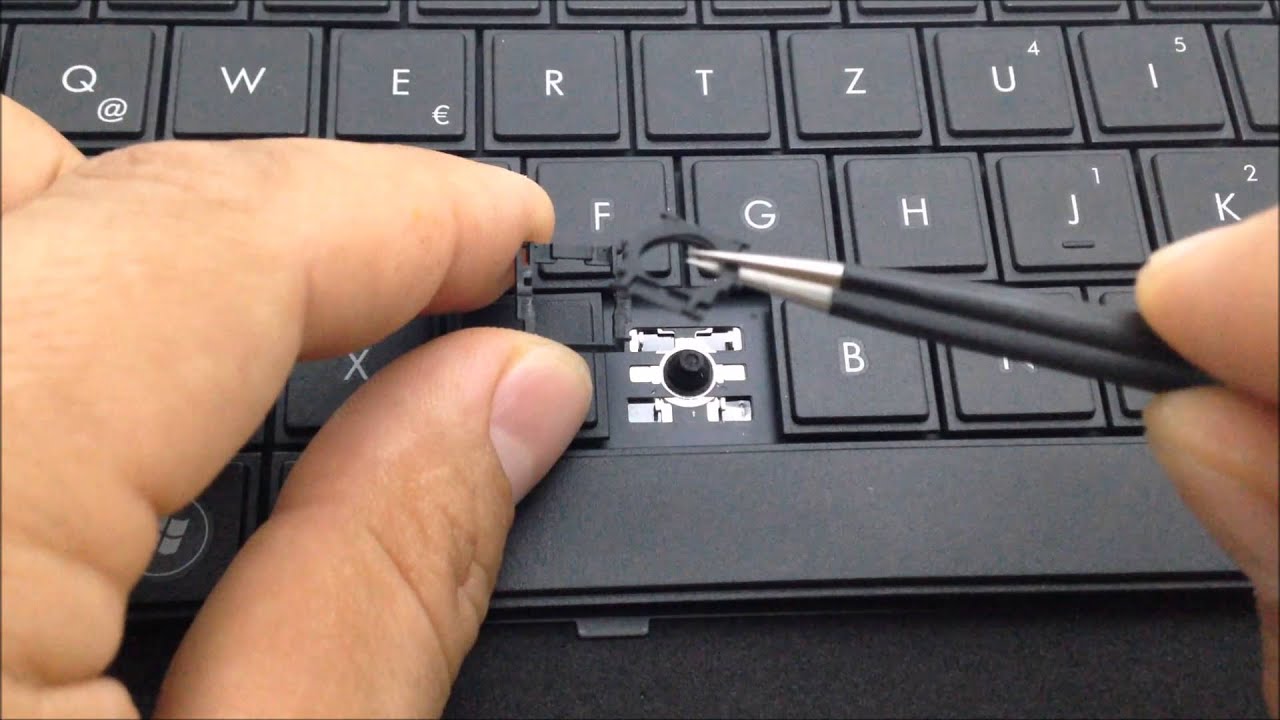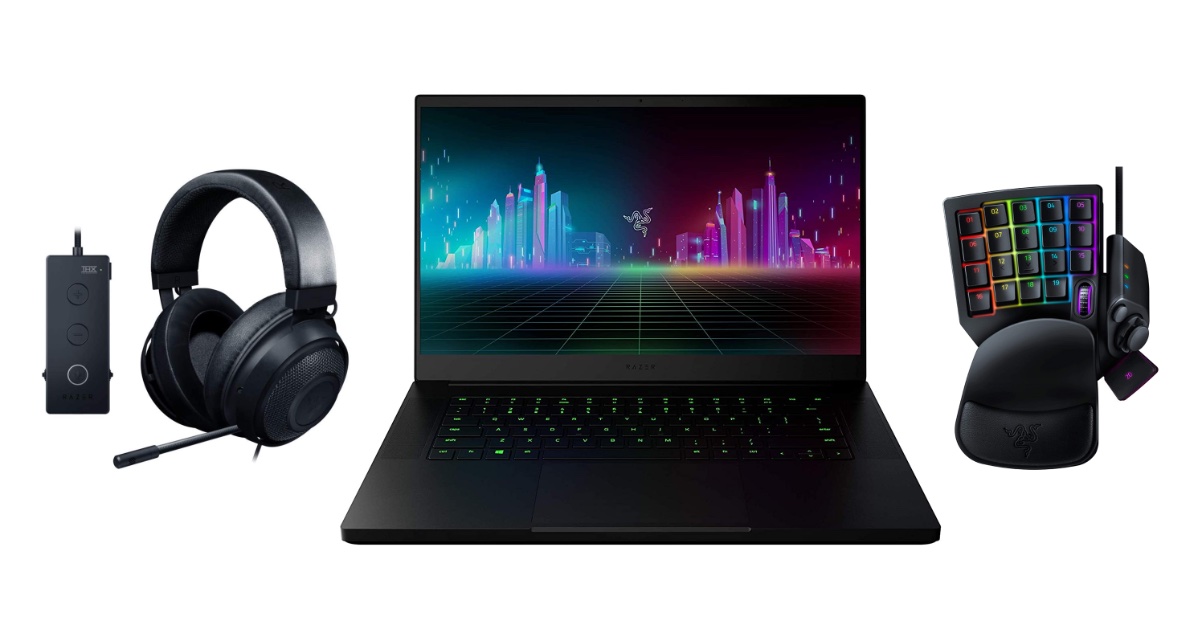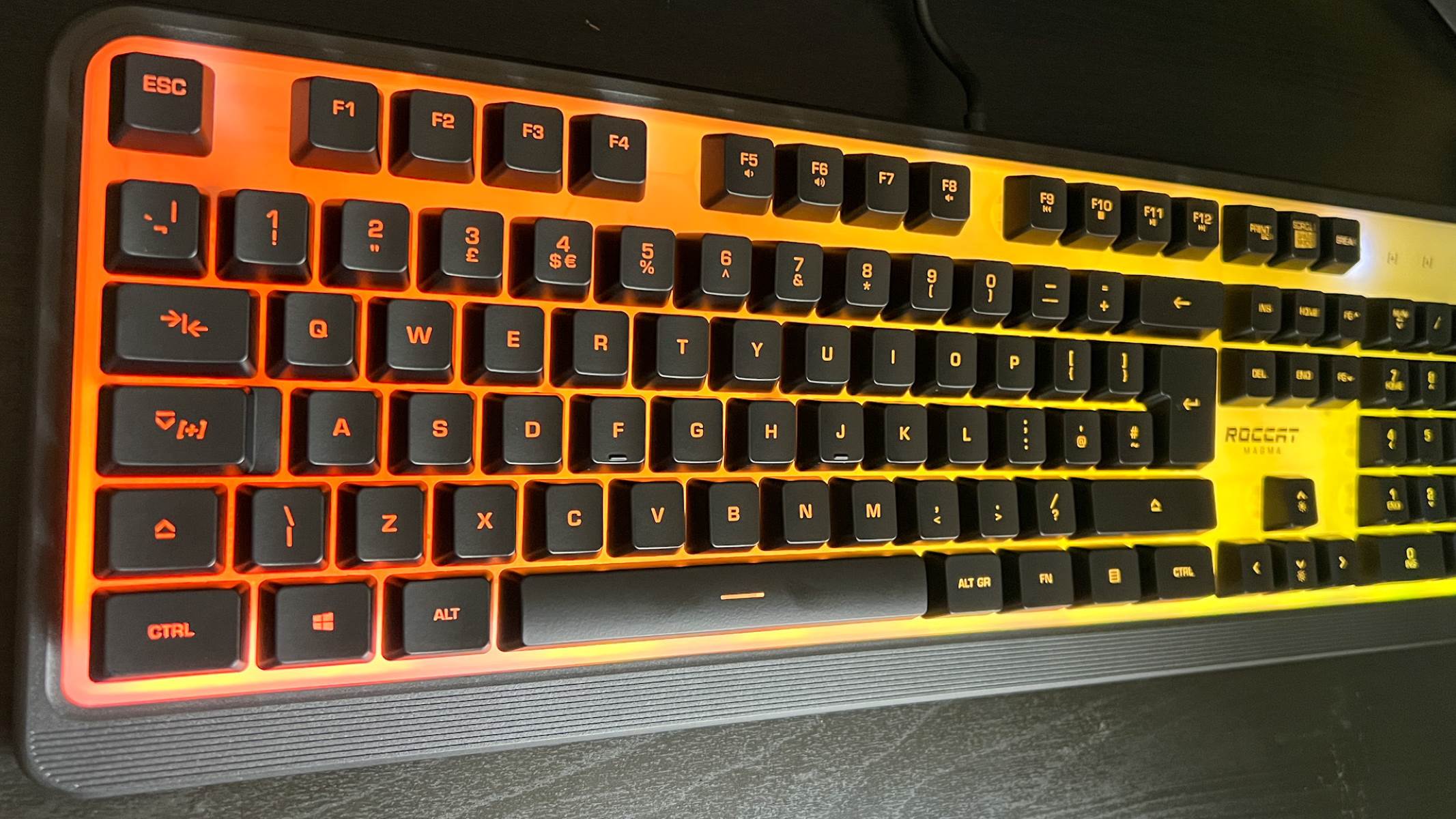Introduction
Understanding the Frustration of Sticking Mechanical Keyboard Keys
For avid typists, gamers, and professionals alike, a mechanical keyboard is a prized possession. The tactile feedback, satisfying key presses, and durability make it a popular choice. However, there are moments when the keys seem to resist the gentle touch, causing frustration and hindering productivity. If you’ve experienced this, you’re not alone. The phenomenon of mechanical keyboard keys sticking can be perplexing, but fear not—there are solutions to this common issue.
Imagine typing away, fully immersed in a project or an intense gaming session, only to be disrupted by keys that refuse to actuate smoothly. This not only disrupts the flow of your work but can also lead to errors, missed keystrokes, and an overall unpleasant experience. Understanding the root causes of this problem and learning how to address it effectively can save you from the exasperation of dealing with sticking keys.
In this guide, we will delve into the reasons behind mechanical keyboard keys sticking and explore practical solutions to rectify the issue. Whether you’re a mechanical keyboard enthusiast or simply seeking a solution to a frustrating problem, this comprehensive resource will equip you with the knowledge and techniques to restore your keyboard to its optimal performance.
What Causes Mechanical Keyboard Keys to Stick
Understanding the underlying causes of sticking mechanical keyboard keys is crucial for effectively addressing the issue. Several factors can contribute to this frustrating problem, ranging from environmental influences to mechanical issues within the keyboard itself. By identifying these potential causes, you can take targeted steps to resolve the issue and restore your keyboard to its optimal functionality.
One common culprit behind sticking keys is the accumulation of debris and dust within the keyboard. Over time, particles such as crumbs, dust, and pet hair can find their way into the mechanical switches, impeding the smooth movement of the keys. Additionally, the buildup of oils and residues from fingertips can contribute to the keys’ reluctance to actuate properly, leading to a sticky sensation during typing or gaming sessions.
Another factor that can cause mechanical keyboard keys to stick is the degradation of the key switches themselves. With extended use, the components of the switches may wear down, leading to reduced responsiveness and an increased likelihood of keys getting stuck. Furthermore, exposure to moisture or humidity can exacerbate this issue, as it may lead to corrosion or rust within the switches, hindering their smooth operation.
Moreover, the keycaps, the visible and tactile part of the keys, can also play a role in causing sticking keys. If the keycaps are not properly aligned or are damaged, they can interfere with the movement of the switches, resulting in an inconsistent and sticky typing experience.
Environmental factors such as temperature fluctuations and exposure to direct sunlight can also impact the performance of mechanical keyboards. Extreme temperatures and prolonged exposure to sunlight can cause the materials within the keyboard to expand or contract, potentially affecting the alignment and movement of the key switches, leading to a sticky or unresponsive feel when typing.
By understanding these potential causes, you can begin to troubleshoot and address the issue of sticking mechanical keyboard keys effectively. In the following sections, we will explore practical solutions to rectify these issues and prevent them from recurring, ensuring a smooth and enjoyable typing or gaming experience.
How to Fix Sticking Mechanical Keyboard Keys
Addressing sticking mechanical keyboard keys requires a systematic approach to resolve the underlying issues effectively. By implementing targeted solutions, you can restore the smooth and responsive functionality of your keyboard, enhancing your typing and gaming experience. Here are practical steps to fix sticking mechanical keyboard keys:
- Cleaning the Keyboard: Begin by thoroughly cleaning the keyboard to remove any accumulated debris, dust, and residues. Use compressed air to dislodge particles from between the keycaps and switches, and consider using a keycap puller to remove the keycaps for a more thorough cleaning. Wipe the surfaces with a gentle, non-abrasive cleaning solution to eliminate oils and residues, ensuring that the switches and keycaps are free from obstructions.
- Inspecting and Aligning Keycaps: Check the keycaps for misalignment or damage. Ensure that they are properly seated on the switches and aligned correctly. Realign or replace any damaged keycaps to prevent interference with the smooth movement of the switches.
- Lubricating the Switches: If the switches exhibit signs of stiffness or roughness during actuation, consider applying a small amount of specialized switch lubricant to improve their smoothness. Carefully follow manufacturer recommendations and guidelines for lubrication to avoid overapplication, which can attract dust and debris.
- Testing and Exercising the Keys: After cleaning and maintenance, test the keys to ensure that they actuate smoothly and consistently. Press each key multiple times to exercise the switches and verify that they no longer exhibit sticking or unresponsiveness.
By following these steps, you can effectively address sticking mechanical keyboard keys and restore the optimal functionality of your keyboard. These proactive measures not only alleviate the immediate issue but also contribute to the long-term maintenance of your mechanical keyboard, ensuring a reliable and enjoyable typing or gaming experience.
Preventing Mechanical Keyboard Keys from Sticking
Preventive maintenance and proactive measures can significantly reduce the likelihood of mechanical keyboard keys sticking in the future, preserving the optimal performance and longevity of your keyboard. By incorporating the following practices into your keyboard care routine, you can mitigate potential issues and sustain a smooth and enjoyable typing or gaming experience:
- Regular Cleaning and Maintenance: Establish a regular cleaning schedule for your mechanical keyboard to prevent the accumulation of debris and residues. Use compressed air to remove dust and particles, and consider wiping the keycaps and surfaces with a gentle cleaning solution to maintain a pristine and functional keyboard.
- Utilize Keyboard Dust Covers: Consider using keyboard dust covers when the keyboard is not in use to shield it from dust, pet hair, and other particles that can infiltrate the switches and keycaps. This simple measure can significantly reduce the need for frequent deep cleaning and maintenance.
- Mindful Keyboard Use: Encourage mindful usage of the keyboard, avoiding eating or drinking over it to minimize the risk of spills and crumbs finding their way into the switches. Additionally, be mindful of hand cleanliness to reduce the transfer of oils and residues onto the keycaps and switches.
- Environmental Considerations: Position your keyboard away from direct sunlight and extreme temperature variations to mitigate the risk of material expansion or contraction that can affect the keyboard’s performance. Maintaining a stable and moderate environment for your keyboard can contribute to its longevity.
- Periodic Switch Maintenance: Consider periodic switch maintenance, such as applying specialized lubricants as recommended by the keyboard manufacturer, to ensure the smooth operation of the switches over time. Regularly exercising the keys can also help prevent stiffness and sticking.
By integrating these preventive measures into your keyboard care routine, you can minimize the occurrence of sticking mechanical keyboard keys and maintain the optimal performance of your beloved mechanical keyboard. Proactive maintenance not only enhances the longevity of the keyboard but also ensures a consistently satisfying and responsive typing or gaming experience.









